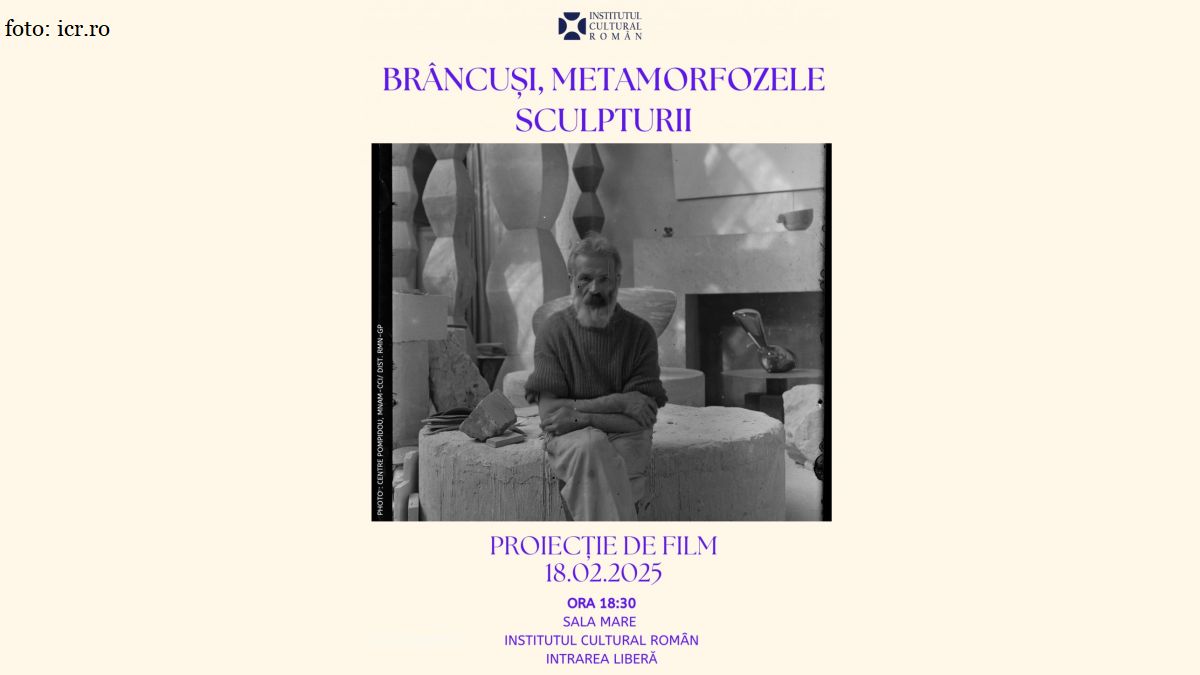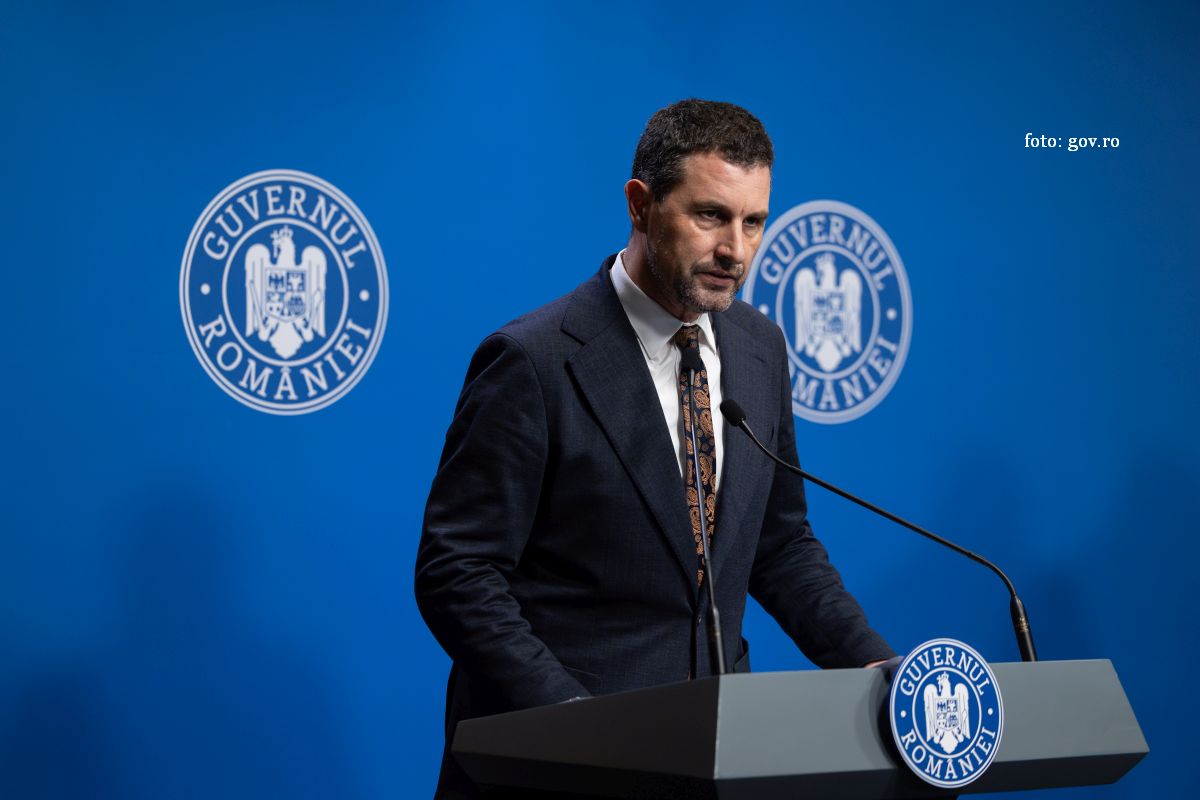National Day Constantin Brancusi
On February 19 Romania celebrates the National Constantin Brancusi Day, the day when the greatest Romanian sculptor was born

Mihai Pelin, 19.02.2025, 13:50
In 2015 Romanian Parliament endorsed a law declaring February 19th the National Day Constantin Brancusi – which is a national holiday, to pay homage to one of the greatest sculptors of the 20th century. A series of cultural events has been staged on this occasion in capital city Bucharest and in several major Romanian cities.
This series of events kicked off on Tuesday at the Romanian Cultural Institute in Bucharest with the screening of a documentary entitled “Brancusi the metamorphosis of sculpture”, which comprised rare video archives featuring the workshop of the great Romanian sculptor. The Romanian Cultural Institute is scheduling in the following period a series of thematic events abroad, such as exhibitions, film screenings or conferences in cities like Beijing, Istanbul, Madrid, Tel Aviv, London, Paris, Vienna, Lisbon or Stockholm.
An emblematic personality of the Romanian Culture, Brancusi had an essential hand in renewing the fine arts vision in universal contemporary sculpture.
The son of a poor carpenter, Brancusi was born on February 19, 1876, in Hobița, the Gorj County. He left home at an early age to find jobs in various dye-works, workshops, and restaurants across the county.
During his apprenticeship in Craiova, southern Romania, he discovered his manufacturing skills after building a violin out of the materials he found in the workshop. He later enrolled in the School of Arts and Trades in the same city. After graduating from the local Art School in 1898 he went to Bucharest and enrolled in the National University of Art, which at that time was known as the School of Belle-Arts from where he graduated in 1902. Some of the sculptures he made as a student earned him several awards. In 1904 he decided to walk to Paris with stopovers in Budapest and Vienna. In 1905 he enrolled in the National School of Fine Arts in Paris and a year later his works were on display at Salon d’Automne in Paris. In 1907, three of his sculptures were presented during the salon of the National Society of French Arts.
The opening was attended by the famous French sculptor Auguste Rodin, who invited Brancusi to become his apprentice, but the Romanian declined saying that “nothing can grow in the shade of a big tree”.
In the following years he made some famous sculptures such as “The Kiss”, “Maiastra”, “Mademoiselle Pogany”, “The Prodigal Son”. In 2024, UNESCO included in the universal heritage list the sculptural ensemble in Targu Jiu known as “The Heroes Way”, built to pay homage to the Romanian heroes who died in the battles of WWI.
The ensemble comprises four sculptures, “The Table of Silence”, “The Alley of Chairs” “The Gate of the Kiss” and the “Endless Column” designed and built by the Romanian sculptor between 1937 and 1938. All the four works are on the same axis measuring 1,275 m and which runs from east to west. Constantin Brancusi died on March 16 1957 and was buried in Montparnasse, Paris.
(bill)






























